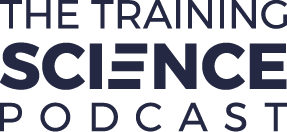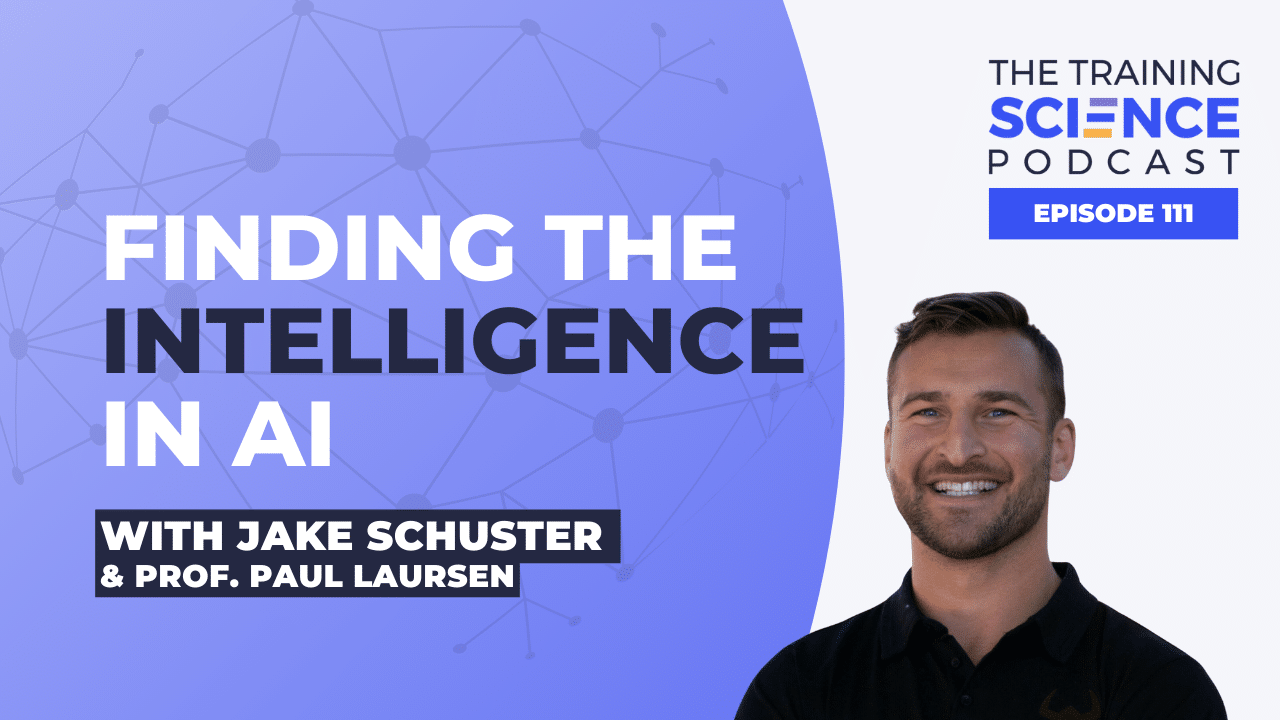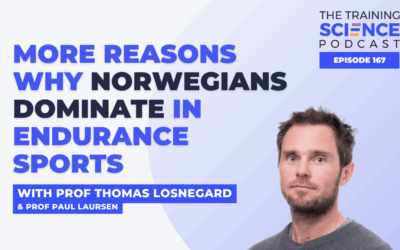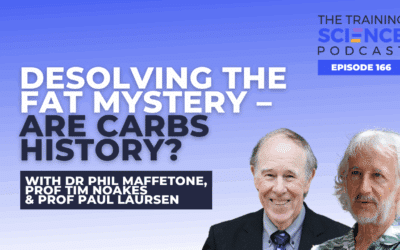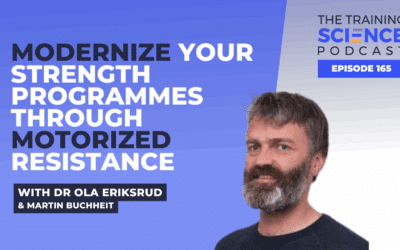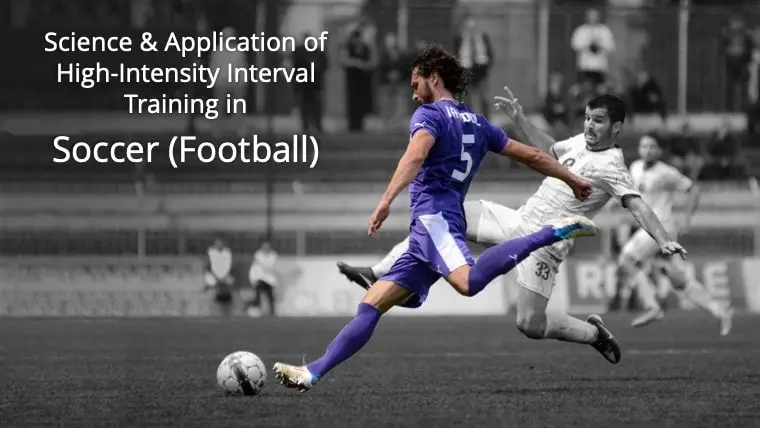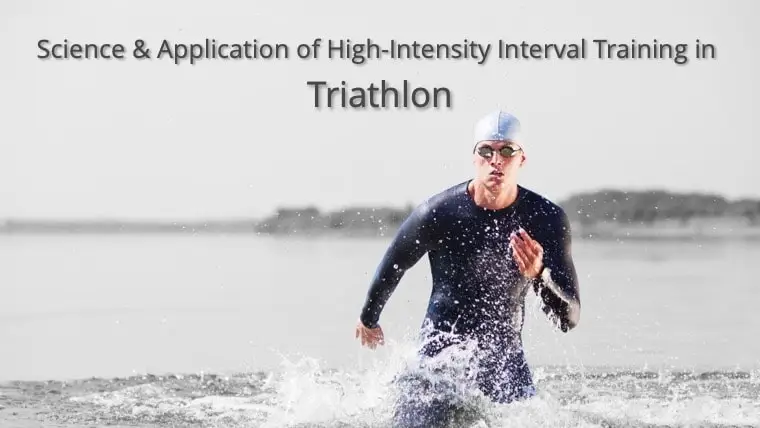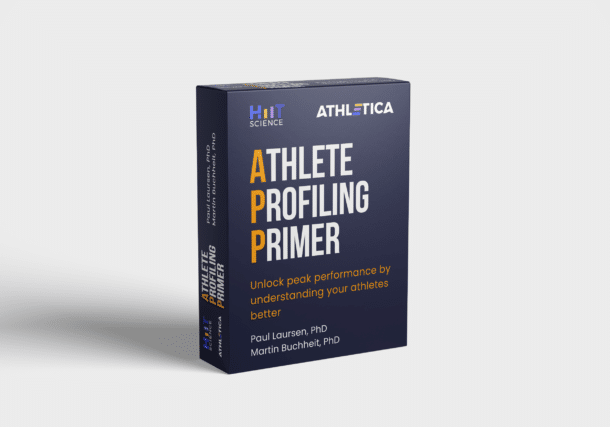Show Notes
-
What is the biggest value you can potentially get out of the LOWEST hanging fruit for your team and athletes? Try figuring that out before getting into HUGE data sets and analysis.
-
Coming out of SPORT SCIENCE is not a ONE WAY highway. You can easily apply all your principle and conceptual knowledge into completely other fields of life.
-
Do not overthink the TRAINING PROGRAM DETAILS, but think more about which of your RELATIONSHIPS need STRONGER connection to make the whole staff and athlete teams flow and work better together.

